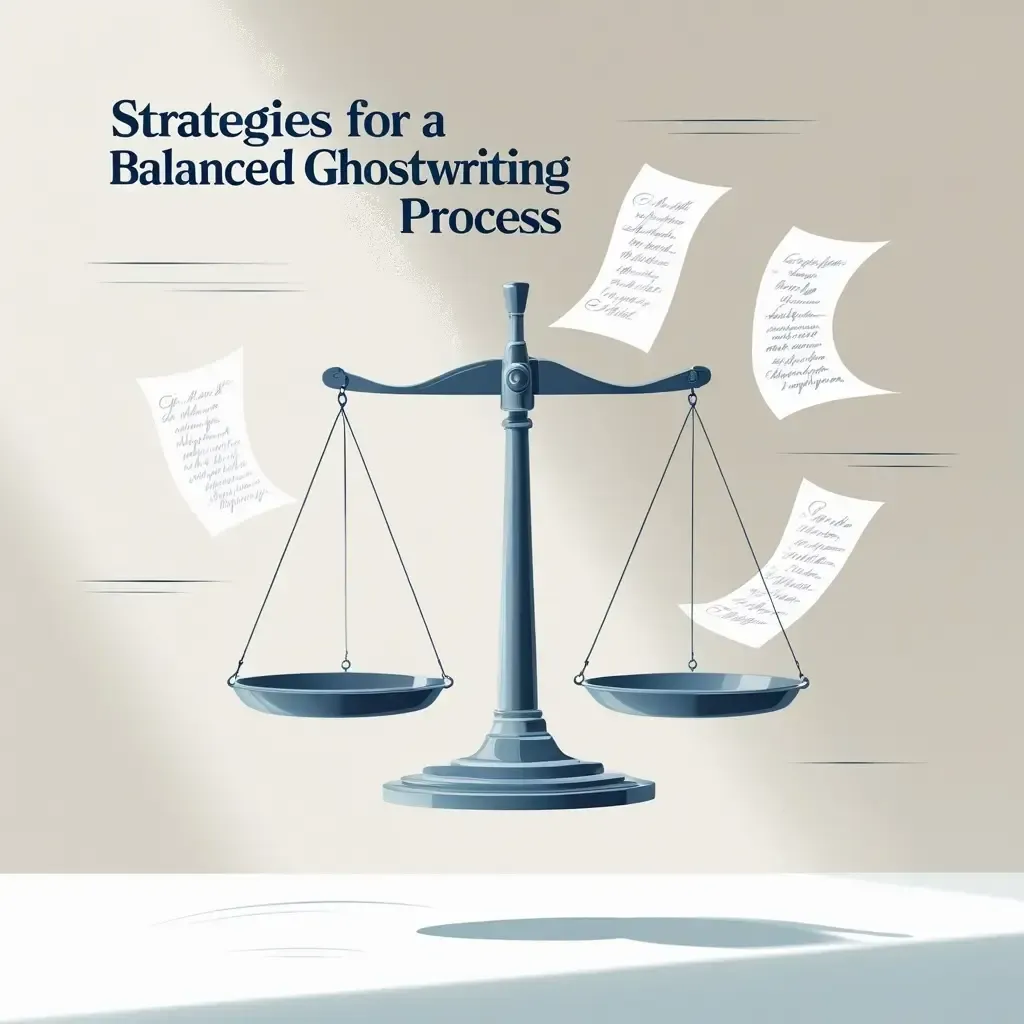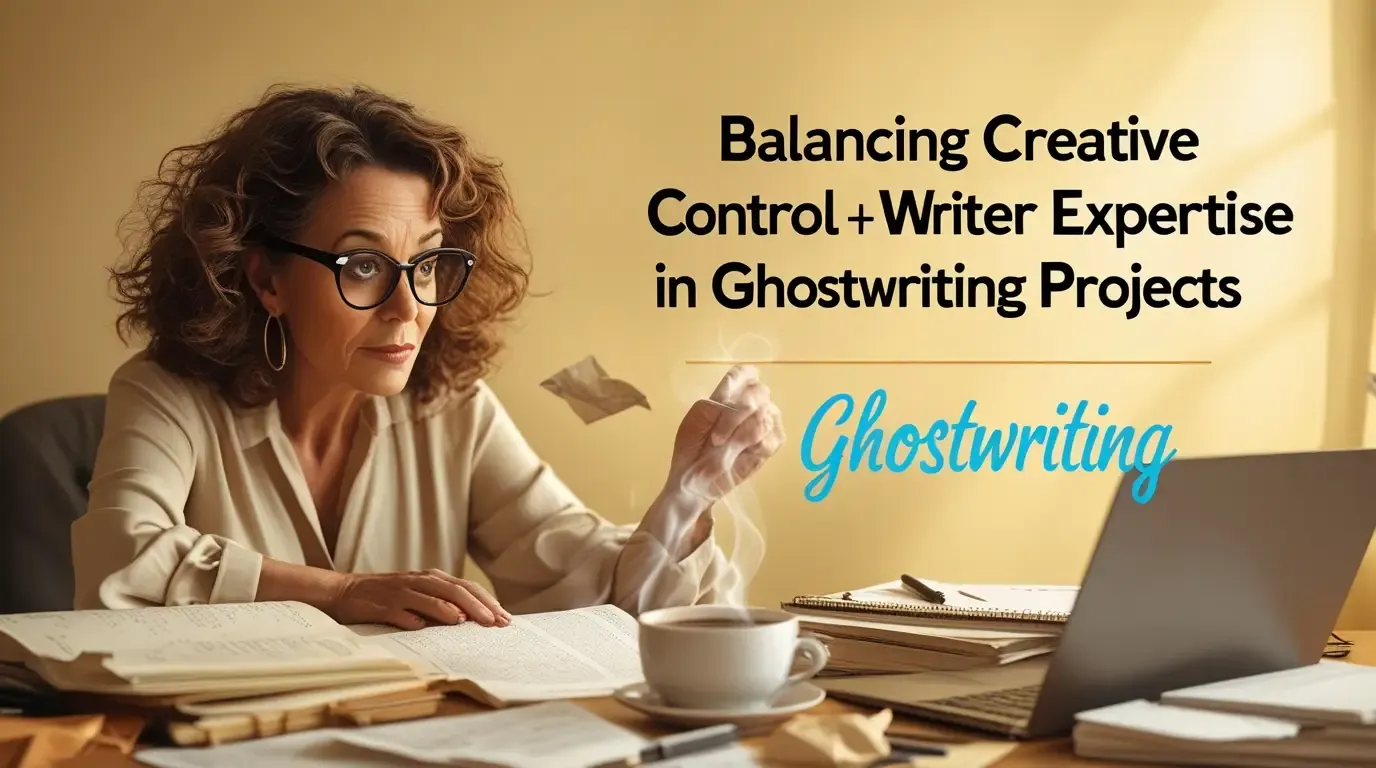The equation of ghostwriting is simple to understand, there are two important elements to it. There is the client and there is the ghostwriter.
The client in this equation is the person with the vision and the goals associated with the project and the client is the ultimate person when it comes to understanding what the project is about.
However, the client is not a professional writer and that is why they have sought out the help of the ghostwriter.
So, you now understand what the problem is.
You have one person who knows everything about what the project should be like because they are ultimately commissioning the project. And you have another person who is the expert and will make sure the project is realised and completed.
On one hand, you have someone with the entire idea about the project but without the expertise of the project but on the other hand, you have someone with the expertise of the project but it is not their own project and it is not their vision.
So, what do you do in this situation?
Do you provide complete creative control to the client and risk expertise and professionalism and quality or do you keep the entire aspect of creative control with the professional ghostwriter and risk something even more important, a deviation from the actual Idea and actual goals of the project?
We are going to find out exactly that.
Understanding the Two Sides

The Client’s Creative Control
The client is the best authority regarding the dynamics of the project because they are the best people to understand the objectives of the project and the values of the project and even the voice of the project.
That is why they will be the best authority to talk about the specifics of the project but the problem is in the fact that they are not professional writers.
They have an idea of what it should look like but they do not have the expertise in order to create something like that.
The Writer’s Professional Expertise
Now that you understand the client’s point of view, you must also understand the ghostwriter’s point of view because a ghostwriter is brought into the project because of their expertise.
They understand narrative flow and pacing as well as reader psychology and they can utilise different writing techniques in order to turn any vision into a reality and write for someone.
However, they are still a secondary source when it comes to the vision of the project because the vision belongs with the client and they have to be the first source.
The dilemma is that you have one person with the entire vision of the project but they are not experienced or skilled enough to transform that vision into a reality. And you have someone with experience and expertise in order to turn any vision into a reality but the vision does not belong to them.
Let us now understand how to bridge that gap.
Strategies for a Balanced Ghostwriting Process

Deep Onboarding Conversations
The first thing you can do as the client or even the ghostwriter is to initiate deep conversations regarding how the project is to be carried on and these kinds of conversations will only help in the clarity of the vision regarding the project.
When you have a clear vision in mind, you can then experiment with the different creative processes but maintaining that clarity is very important.
When you are able to establish clarity, you do not have to worry about creative freedom and this entire debate.
Establish Boundaries Early
If you want to avoid misconceptions and misunderstandings, then you should establish boundaries very early on in the project so that you do not have to tell each other what will happen over the approval of creative boundaries for each paragraph.
Doing this is the best way to ensure that cooperation is maintained because if you set rules early on, then it is much easier than setting them for each and every step.
Feedback Loops Instead of Line Edits
There should always be feedback loops within the entire process as the client should be able to tell the ghostwriter whether the writing is going on according to their plans.
This should not be the case that the client will see the manuscript after it has been completed, when there are no chances of making major changes.
That is why you should discuss how to include feedback loops in the working process in a way that is comfortable with the ghostwriter.
Maintain Open Communication
This is probably one of the best ways to ensure a balance between creative control and writer expertise and it is to always maintain open communication with each other.
You should be able to create an environment where both the client and the ghostwriter are comfortable enough to express opinions regarding the project.
This will ensure that creative control is never sacrificed and that the quality of the project is never compromised.
Doing this is very easy and the client and the ghostwriter should just be warm to each other regarding creativity and everything will fall in place.
Create a Style Sample
Creating a style sample is all about the preparation of a short sample of perhaps 1000 words or even 500 words before jumping into the entire project straight away.
What this does is that it is able to capture the tone and the voice of the client and the client can then read this sample and find out if the writer is able to understand them.
If the writer is not able to understand the client in the situation, changes can be made before the final project is touched.
We hope this blog helped you understand how to balance creative control and writer expertise in ghostwriting.
And if you are someone looking for experienced ghostwriters to help you in turning your vision into a reality, then we are here for you.
We are Ghostwriting India and we are the fastest-growing ghostwriter for hire agency in India and we will help you with all your ghostwriting needs.
We do nearly every kind of ghostwriting and we welcome you to visit our website and check out everything we do.
